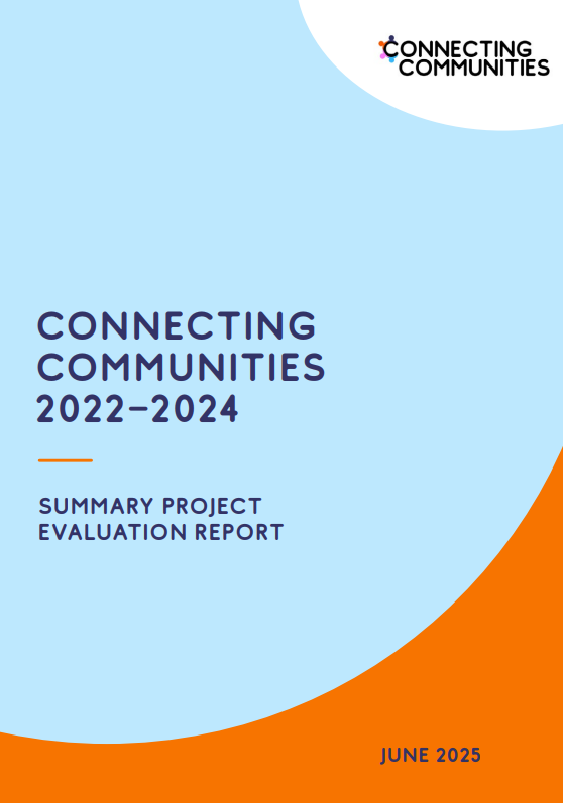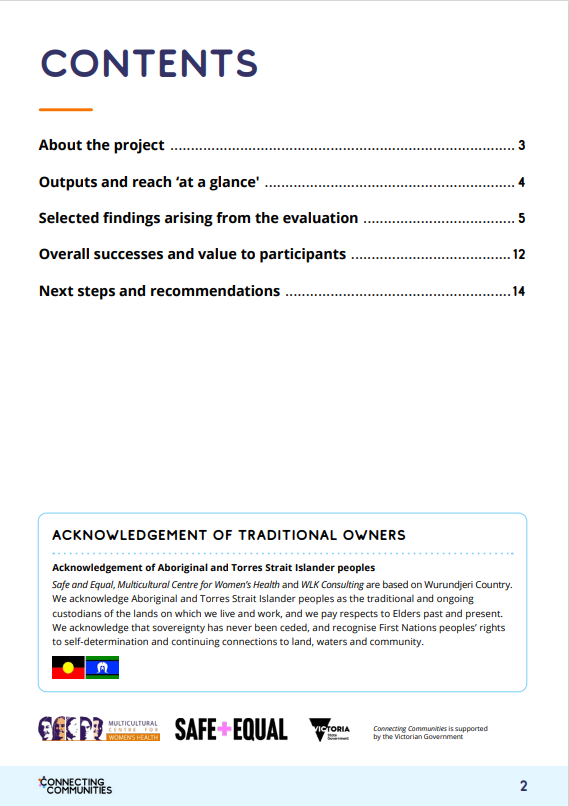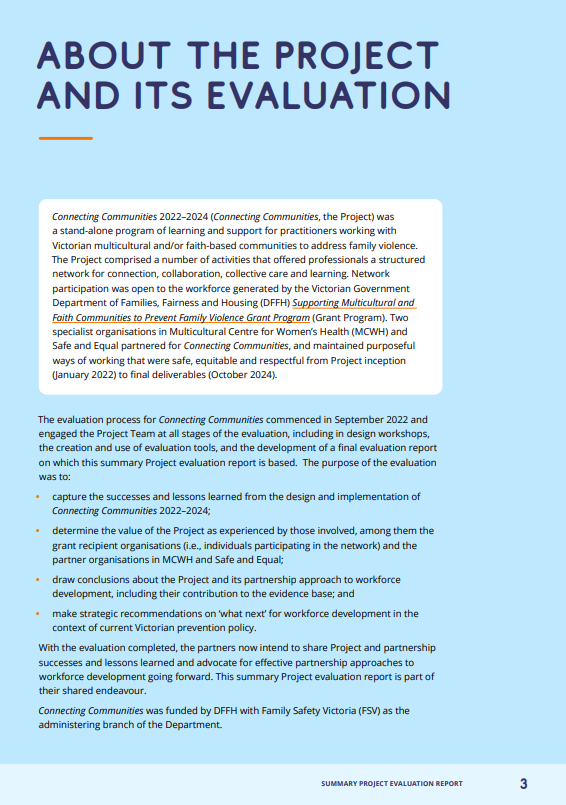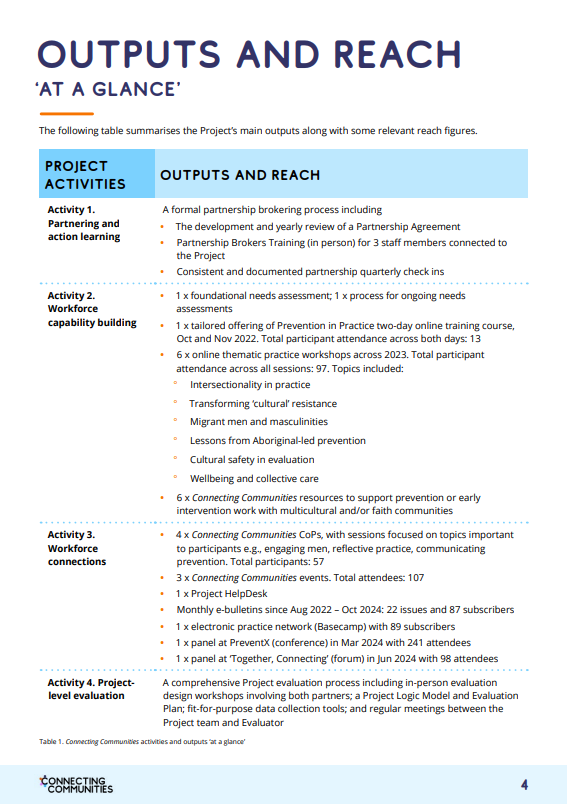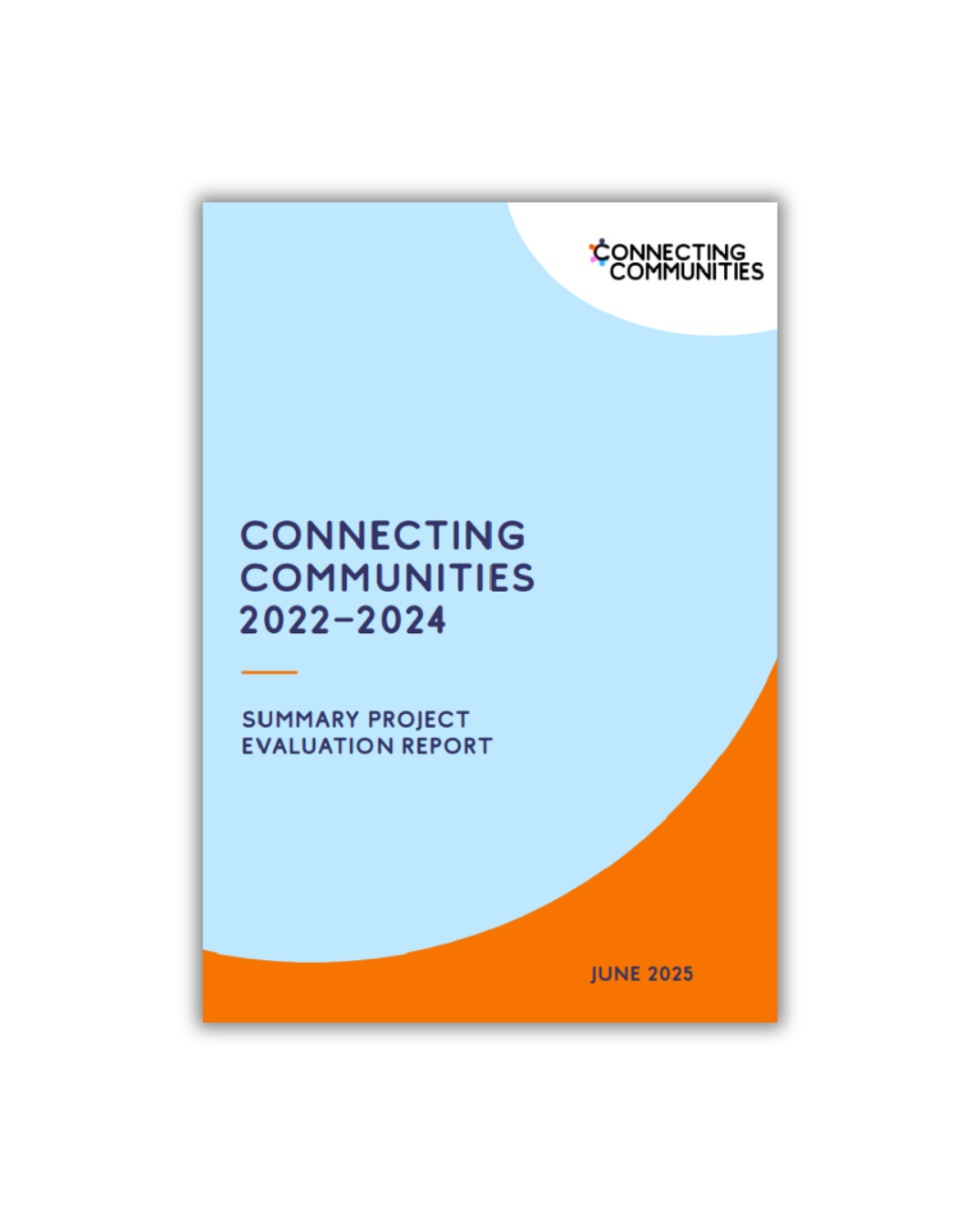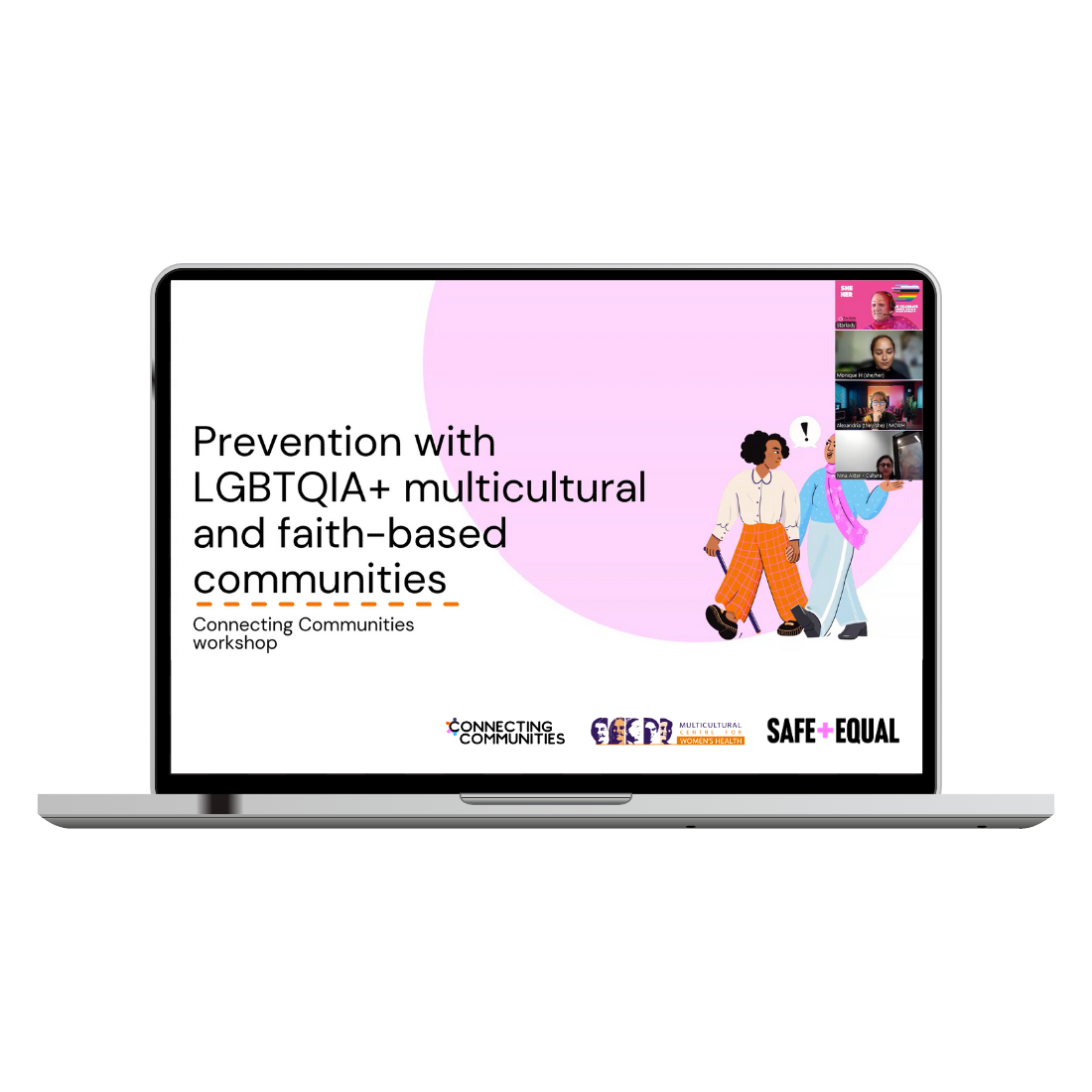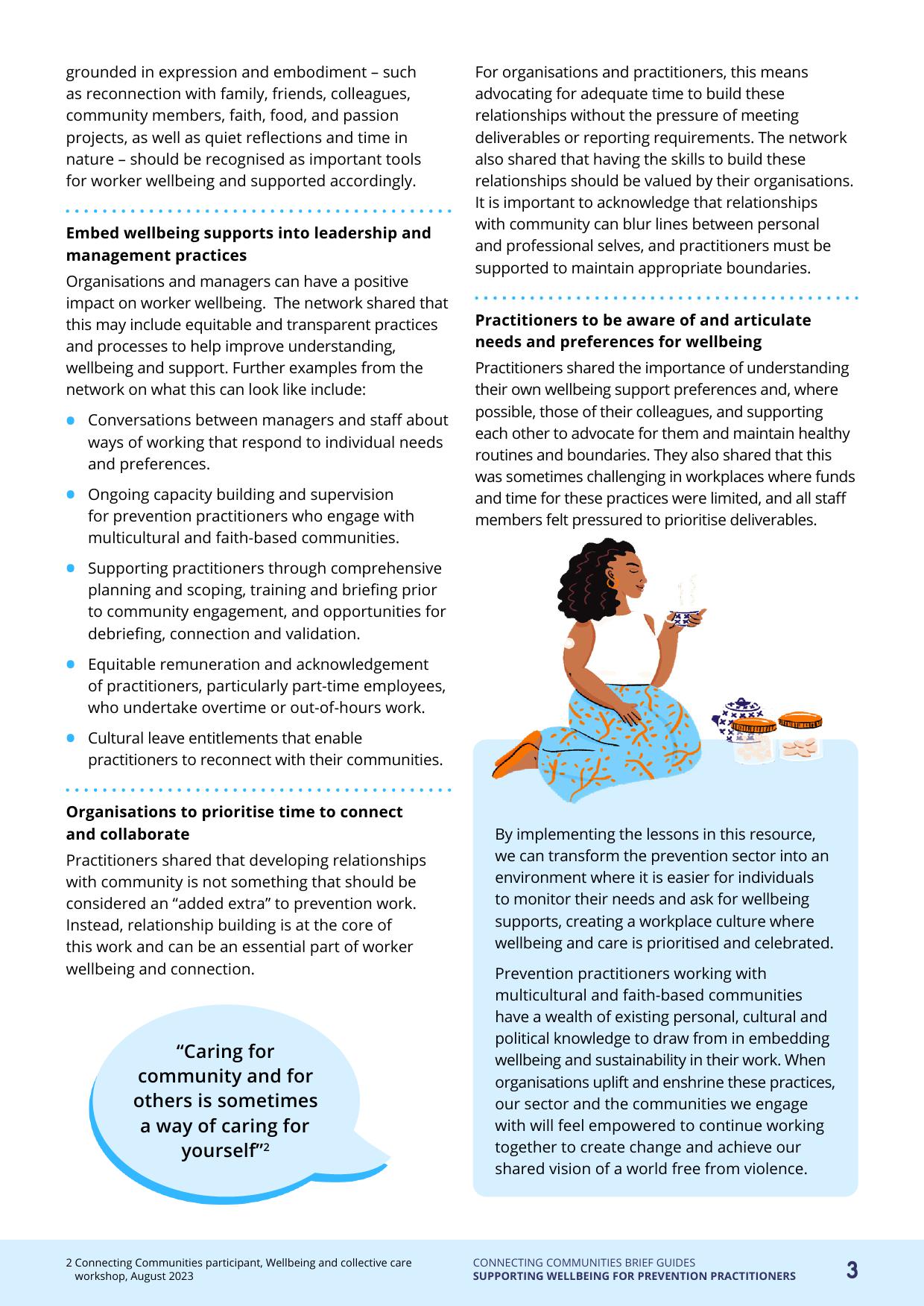With 60% of Victorians identifying as religious (2016 Census), it’s important to understand how to reach and engage with faith communities to help prevent violence against women and family violence.
The learnings from this webinar include:
- An inside look at Faith Communities Supporting Healthy Family Relationships – the multi-faith project examining the drivers and contributors to violence against women in faith settings.
- An understanding of the key principles to consider when working in faith settings.
- Strategies on how to engage with faith leaders and build their capacity to prevent violence against women.
Approaches and best practice principles to address the drivers of violence against women within a faith setting.
The resources referenced in this webinar include:
- Vaughan, C., Sullivan, C., Chen, J., Vaid Sandhu, M. (2020). What works to address violence against women and family violence within faith settings: An evidence guide, Parkville: University of Melbourne.
- Vaughan, C., Sullivan, C. (2019). Technical paper: Faith communities supporting healthy family relationships,Parkville: University of Melbourne.
- Tip Sheet: Faith Communities Addressing Violence Against Women and Family Violence – What Works, University of Melbourne and Multicultural Centre for Women’s Health
- How to talk to your church about violence against women: A communications Guide for Leaders. Anglican Diocese of Melbourne
- Transforming Masculinities: A training manual for Gender Champions. Tearfund, 2017
- SASA! Faith: A guide for faith communities to prevent violence against women and HIV. Raising Voices, 2016
Presenters
Dr Cathy Vaughan, Melbourne University
Cathy currently leads research on the role of settlement and multicultural services in responding to violence against women; the Australian arm of a multi-country study on sexual and gender-based violence against refugees; and research on building the capacity of faith leaders to prevent violence against women. She also co-leads the kNOwVAWdata course to strengthen capacity to measure violence against women in Asia and the Pacific, conducted by the University in partnership with UNFPA. She is Director of the WHO Collaborating Centre for Women’s Health hosted by the Gender and Women’s Health Unit at the University of Melbourne.
Robyn Andréo-Boosey, Anglican Diocese
Robyn manages the Anglican Diocese of Melbourne’s Preventing Violence Against Women Program and is co-founder and co-director of IC Change, a volunteer-led campaign urging the UK Government to ratify the Istanbul Convention on violence against women. Her background is in international development, gender equality, tackling violence against women, and human rights. She has worked on preventing violence against women in policy and operational roles with a range of organisations, including the United Nations Office of the High Commissioner for Human Rights, Rape Crisis England and Wales, and the international Christian alliance to end violence against women, Restored. Robyn is particularly passionate about equipping the Church to play its part in tackling violence against women.
